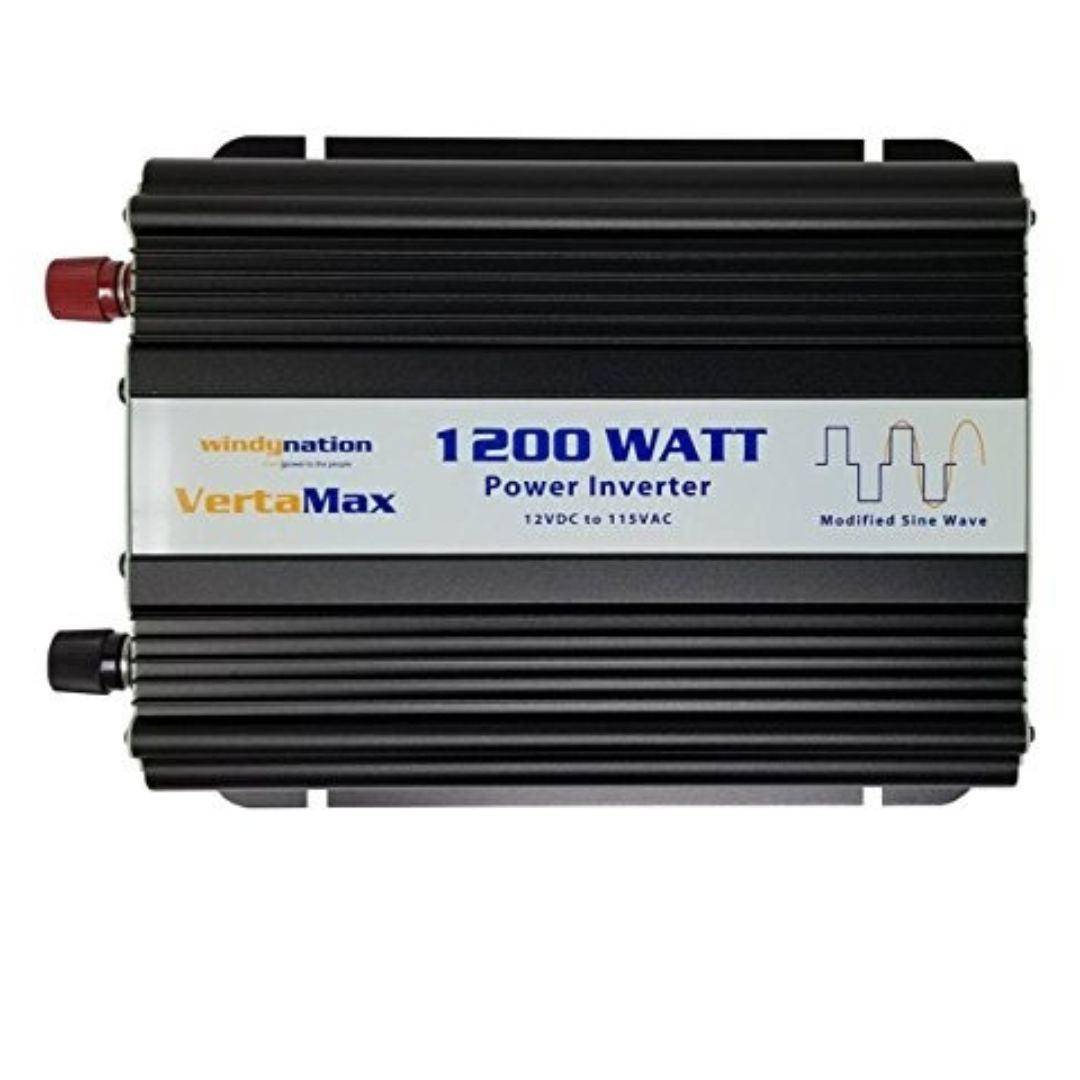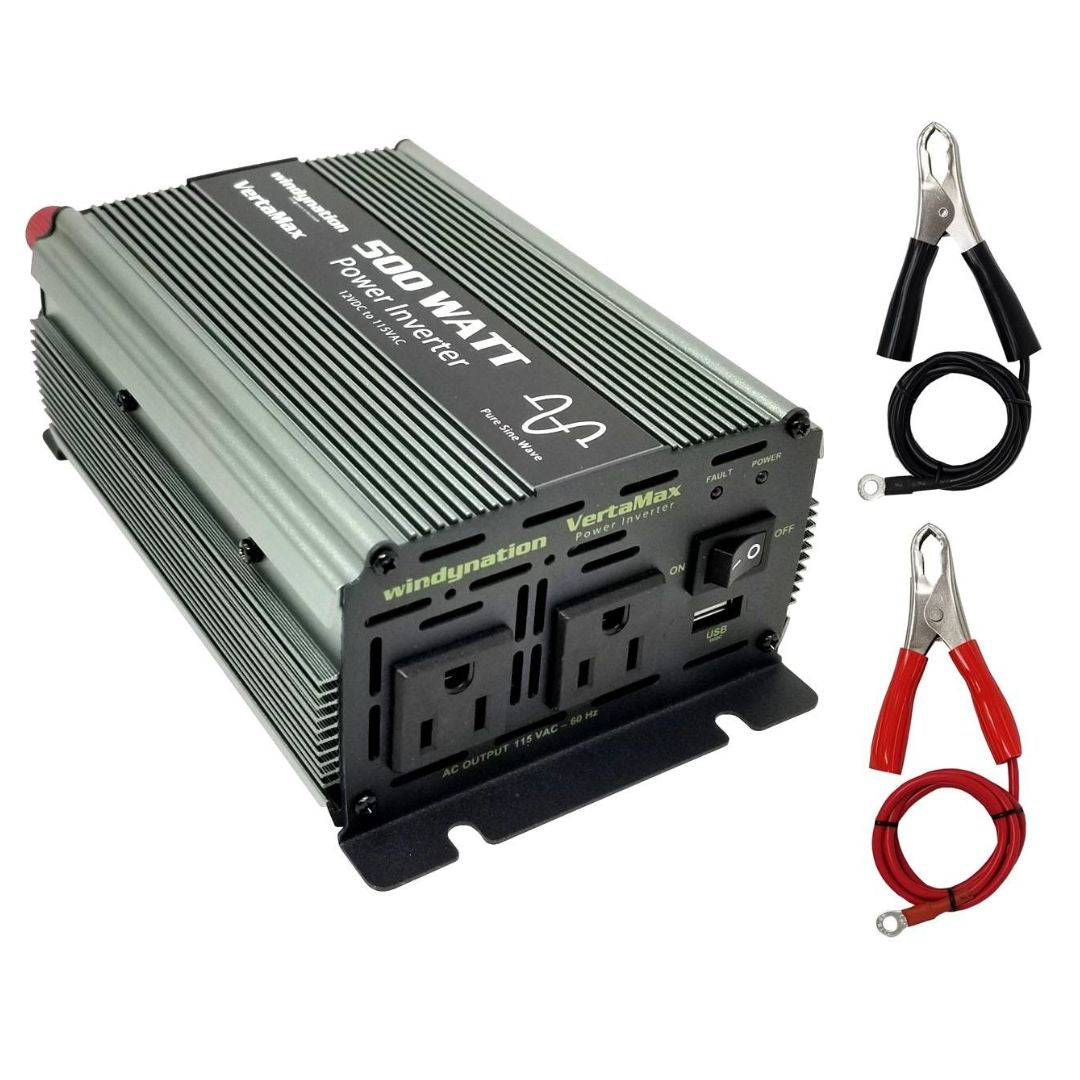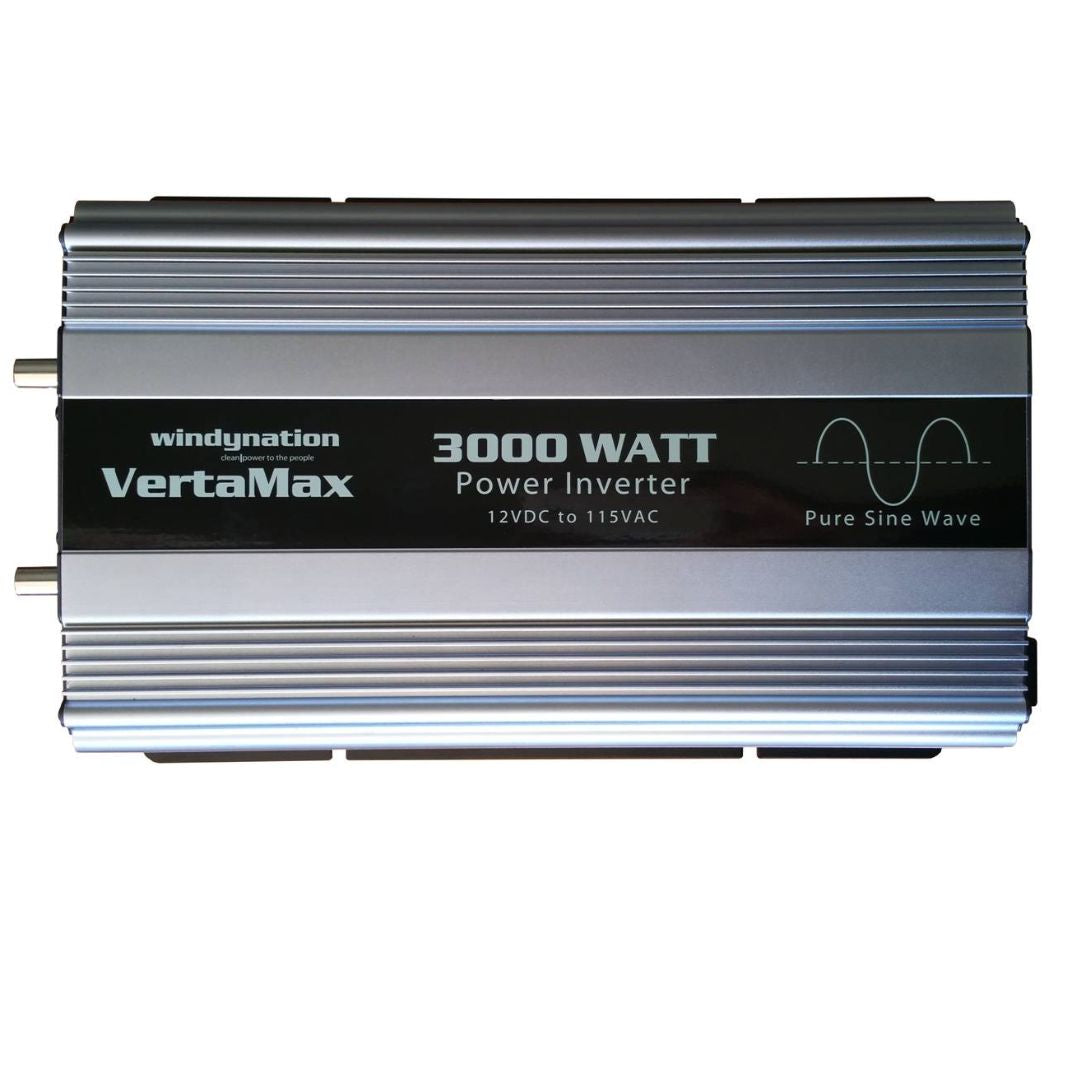If you’ve ever wondered, “will a power inverter drain my battery?”, the short answer is yes it can, especially if used incorrectly. But with the right inverter, proper setup, and safe usage habits, you can enjoy reliable AC power in your car without worrying about a dead battery.
Whether you’re heading on a road trip, camping in the wilderness, or just need to charge your laptop on the go, choosing the right power inverter for your car is essential for safe, efficient performance.
What Is a Power Inverter?
A power inverter for a car is an electronic device that converts DC (direct current) power from your car’s battery into AC (alternating current) power, the same kind used by household appliances.
This conversion allows you to use standard electrical devices in your car such as laptops, chargers, small kitchen appliances, and more.
How Does a Power Inverter Work?
A car inverter functions through three key stages:
1. DC to AC Conversion
The inverter takes the 12V DC power from your car’s battery and rapidly switches it to create AC power.
2. Voltage Transformation
The generated AC power passes through a transformer that increases the voltage to 110V or 220V (depending on your region).
3. Output Regulation
Finally, the inverter regulates the output to provide stable and safe electricity for sensitive electronics.
How to Choose the Right Power Inverter for Car
1. Determine Your Power Needs
-
List Your Devices: Make a list of everything you plan to power — laptops, phones, small kitchen appliances, etc.
-
Calculate Wattage: Check each device’s wattage rating (on its label or manual).
-
Add Up Wattage: Add the wattage of all devices you plan to use simultaneously.
-
Add a Safety Margin: Always include a 20–30% margin to handle power surges and ensure smooth operation.
2. Choose the Type of Inverter
Modified Sine Wave Inverter
-
More affordable and ideal for basic electronics like phone chargers, fans, and small appliances.
-
Not recommended for sensitive electronics.
Pure Sine Wave Inverter
-
Provides cleaner, more stable power perfect for laptops, audio equipment, and medical devices.
-
Slightly more expensive but ensures better performance and longevity of connected devices.
3. Consider Key Features
-
Power Outlets: Ensure enough AC outlets and USB ports for your devices.
-
Portability: Opt for compact models if you travel frequently or have limited space.
-
Installation Ease: Look for models that include clear wiring diagrams or car adapters for plug-and-play use.
4. Prioritize Safety Features
-
Overload Protection: Automatically shuts down when load exceeds the inverter’s capacity.
-
Overheating Protection: Built-in cooling fans or temperature sensors prevent heat damage.
-
Short Circuit Protection: Protects both inverter and battery from dangerous short circuits.
5. Battery Management
-
Battery Capacity: Ensure your car’s battery has enough amp-hour (Ah) capacity to handle inverter load.
-
Low Battery Shutoff: This feature prevents the inverter from completely draining your battery, ensuring your vehicle can still start.
Can a Car Run a 1000W Inverter?
Running a 1000W power inverter in a car is possible but it requires proper consideration of your vehicle’s electrical system.
Battery Capacity
A typical car battery has around 40–70Ah capacity. Using the formula:
Current = Power / Voltage → 1000W / 12V = 83.33A
Accounting for efficiency losses (85–90%), the actual current draw could be around 92–98 amps. For heavy use, a deep-cycle battery is better suited since it’s designed for repeated discharge and recharge cycles.
Alternator Output
Most car alternators provide between 60–150 amps at 12V. If the alternator can’t meet the inverter’s demand, the battery will discharge quickly.
Power Consumption and Usage
-
Device Power: Total device wattage must stay below 1000W.
-
Duration: High-wattage devices deplete batteries quickly, especially with the engine off.
-
Example: A 65Ah battery would last around 47 minutes under a continuous 83A draw not accounting for losses.
So, running a 1000W inverter with the engine running is recommended, allowing the alternator to help recharge the battery.
Here is Some Best Power Inverter For You:
1.VertaMax 1200 Watt Power Inverter - Modified 12V Inverter for Reliable Power
2.VertaMax 1000 Watt Power Inverter - 12 Volt Pure Sine Wave Inverter

3. VertaMax 1500 Watt Power Inverter - Modified 12V for Reliable Power Supply
4.VertaMax 500 Watt Power Inverter - Pure Sine Wave 12V Inverter for Reliable Power Solutions
5.VertaMax 3000 Watt Inverter - 12V Pure Sine Wave Power for Reliable Energy Solutions
Wiring and Installation Tips
-
Use Thick Cables: For 1000W inverters, use 4 AWG or thicker cables to handle high current.
-
Fuse Protection: Install a 100–125A fuse near the battery to protect against overcurrent.
-
Ventilation: Always install in a well-ventilated area to prevent overheating.
Do Car Inverters Drain the Battery?
Yes car inverters do drain the battery. But understanding how and why helps you manage it.
How Car Inverters Drain the Battery
-
Power Conversion: Converting DC to AC consumes energy, which comes from your battery.
-
Current Draw: The higher your connected device wattage, the more current the inverter pulls.
Factors That Affect Battery Drain
-
Device Power Consumption: A 100W charger drains slower than a 1000W appliance.
-
Battery Capacity: Larger Ah ratings mean longer runtime.
-
Engine Running or Off:
-
Engine Running: Alternator compensates for draw.
-
Engine Off: Battery drains quickly and may fail to start the vehicle.
-
Inverter Efficiency: Typical inverters run at 85–90% efficiency — the rest becomes heat.
How to Prevent Excessive Battery Drain
-
Monitor Usage: Avoid using multiple high-wattage devices simultaneously.
-
Run the Engine: When using the inverter for extended periods.
-
Use Deep Cycle Batteries: Better suited for frequent inverter use.
-
Choose Low Battery Shutoff Models: Prevents full depletion.
-
Maintain Battery Health: Check voltage and charge regularly.
Real-World Example
-
Engine On: Alternator maintains battery charge, inverter runs safely.
-
Engine Off: Even a high-capacity battery may last less than an hour under a 1000W load.
So will a power inverter drain my battery?
Yes, but it doesn’t have to be a problem if you choose the right inverter, manage your load wisely, and understand your car’s electrical limits.
By selecting a pure sine wave inverter, installing it properly, and practicing smart usage habits, you can enjoy the convenience of AC power in your car safely and efficiently — whether for work, travel, or outdoor adventures.






